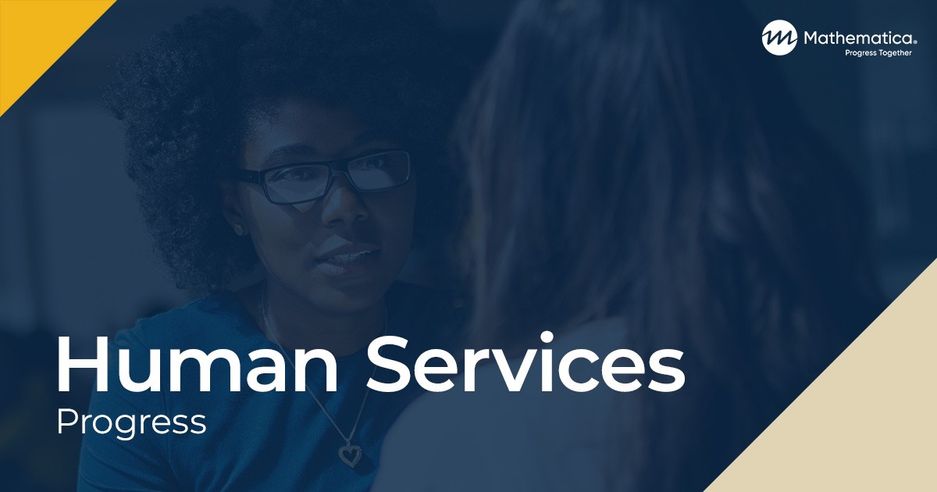Assessing the Benefits of the Success Sequence for Economic Self-Sufficiency and Family Stability
Download
Associated Project
Personal Responsibility Education Program (PREP)
Prepared for:
U.S. Department of Health and Human Services, Administration for Children and Families
Key Findings
- There is significant diversity in the pathways young adults take in their transitions to adulthood. Of the 65 possible sequences that account for the order of milestone completion, nearly all of them are reflected in the data.
- High school completion, employment, and marriage are associated with an increased chance of avoiding poverty, whereas childbearing is associated with a lower chance of avoiding poverty. Consequently, the groups with the lowest poverty rates are those who have completed some combination of high school, employment, and marriage.
- Overall, individual milestones, regardless of sequence, appear to be the main factors associated with economic outcomes in adulthood. In comparison, the specific sequence in which milestones are completed has a more modest association with economic outcomes.
- There is less evidence of an association between milestone completion and family stability outcomes, with only the marriage milestone having a consistent individual relationship with them.
Since the early 2000s, researchers and policymakers have used the term success sequence to describe a policy approach for reducing poverty and improving economic opportunity for adolescents and young adults. The term refers to a series of milestones in life—most commonly defined to include high school completion, full-time employment, and waiting for marriage to have children—that are associated with escaping poverty and joining the middle class. These milestones are described as a sequence to emphasize that their order also matters. In fall 2018, the U.S. Department of Health and Human Services (HHS) contracted with Mathematica to conduct a literature review on the success sequence. This literature review found that further research is needed on the success sequence. To fill the gaps identified through the literature review and expand available evidence on the success sequence, HHS also contracted with Mathematica to conduct an economic analysis of the success sequence.
This report presents findings from a quantitative analysis of the success sequence to address three research questions: (1) By age 30, what portion of young adults have completed high school, had a full-time job, gotten married, and had children? What are the most common sequences in which young adults complete these milestones? (2) How do these sequences vary according to gender, race or ethnicity, and parental level of education? (3) To what extent are these sequences associated with economic self-sufficiency and family stability when people are in their late 30s?
How do you apply evidence?
Take our quick four-question survey to help us curate evidence and insights that serve you.
Take our survey
